Buyer’s Guide for Helmet
- 21/06/2016
179 views

Basic Knowledge of Motorcycle Helmets
Helmets are deeply related to the pursuit of comfort or safety during your ride or in case you fall. Here we would like to give you some basic tips on how to choose your helmet, such as selecting the adequate type for your intended use, or measuring the right size that fits your head.
Motorcycle helmet types
Even when the same term “helmet” is used, there are lots of types.
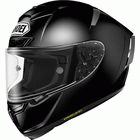
|
Full face helmets * They are safe because the whole head will be covered. * The aerodynamic configuration reduces the fatigue during high-speed riding. * They match with various riding scenes, from track racing to street riding.  * It’s hot during the summer, though they have air ventilation feature. * They are too bulky to carry about. * The view is narrow. |
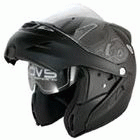
|
Modular helmets * They pick the best of a full face helmet and a jet helmet. * You can take them on/off even while wearing glasses. * You can eat without taking them off.  * The protection performance level will be inferior compared to full face helmets. * They are heavy compared to jet helmets. * Sometimes they cannot be used on track courses. |

|
Jet helmets (sport type)  * They feel cool, for the chin area is open. * The view is wide and expansive. * You can take them on/off even while wearing glasses. * You can eat without taking them off.  * The protection performance level of the chin area is low. * They are too bulky to carry about. * They often cannot be used on track courses. |
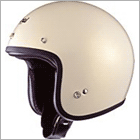
|
Jet helmets (casual type)  * Many of them are elaborately designed and stylish. * If shields are attachable, you can ride in the rain. * The shell are made rather small, and easy to carry.  * They are less safe compared to full face or jet helmets. * The shields are often fastened with three buttons, and they sometimes come off. |
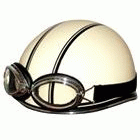
|
Half helmets * The helmets are small and easy to carry. * Easy to take them on/off, for they only have the head part.  * Safety level is low, for they only protect your head. * They might come off when you receive an external impact, and it might be dangerous. * Some of them can only be used for bikes whose displacement volume is under 125cc, and you need to be careful when buying them. (*Japanese Standard) |
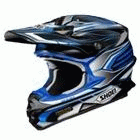
|
Off-road helmets * The visor will guard your view from the mud thrown up by the preceding bike. * They are easy to breathe, for the chin guards bulge out. * In many cases, you can find a helmet with the same color pattern as the off-road jersey shirt, and you can unify your style.  * Most off-road helmets do not come with shields. You will need goggles in that case. * Some off-road helmets are not allowed to use on public roads, so you need to be careful when buying one. * Most off-road helmets assume the use on off-road courses, and their shock resistant ability might be inferior to full face helmets. |
How to measure your helmet size
It’s dangerous if the helmet is too big, for it cannot absorb the impact properly when you fall. On the other hand, it will affect your long-hour ride if it is too small, for it will strain your head. Make sure to choose a helmet of your size.
Reference size chart by brand (unit:cm)
| XS | S | M | L | XL |
|---|---|---|---|---|
| 53-54 | 55-56 | 57-58 | 59-60 | 61-62 |
| XS | S | M | L | XL | XXL |
|---|---|---|---|---|---|
| 53 | 55 | 57 | 59 | 61 | 63 |
| XS | S | M | L | XL | XXL | FREE |
|---|---|---|---|---|---|---|
| 53-54 | 55-56 | 57-58 | 59-60 | 60-61 61-62 |
63-64 | 57-59 57-60 |
Color type
Following are the color types that are often applied to full-face helmets or jet helmets.
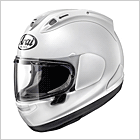
|
Solid Solid color type means that it is a single-color helmet. For instance, a solid white helmet or a coal black helmet will be classified in this type. Single color means that it is simple. The biggest advantage of this type is that you can coordinate it with the design or the color of your bike; bikes like naked, supersports or minibike. Also, you can have fun by adding pin stripes on the single color helmet. |

|
Graphic Graphic color helmets are designed with multiple colors. Broadly speaking, the replica color (described later) type is included in this graphic color category. At Webike Japan, multiple color helmets except for the replica color ones are defined as the graphic color type. |
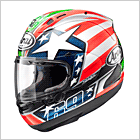
|
Replica Replica color is the color type that models after the helmet design of the MotoGP or the All Japan Road Race Championship racers. You can raise your spirit by wearing the replica helmet of your favorite racer! It may be difficult to match it with your bike, for they are often a little flashy. |
Safety standards
Safety standards of the helmet. These marks show the safety level of the helmet.

|
SG The SG mark shows that the product conforms to the standard stated by Consumer Product Safety Association (CPSA), a general incorporated foundation. Presently, all Japanese helmet manufacturers must have their helmets conform to this standard to sell them in the Japanese market. Thus, it is sometimes called as “compulsory standard”. Also, there is another mark called PSC aside from this SG mark. This PSC mark shows that the product conforms to the standards stated in the Consumer Product Safety Act. In other words, it indicates that the government has given the stamp of approval to sell it as a helmet. |

|
JIS Japanese Industrial Standards (JIS) is the safety standards stated by the Japanese Ministry of Economy, Trade and Industry. The screening criteria range widely over items such as shock resistance or penetration resistance. Yet, the content of the inspection of SNELL standards is even stricter. As of 2016, there are two types of JIS standards: Grade 1 and Grade 2. Grade 1 is for bikes with engine displacement volume less than 125cc, and Grade 2 is for bikes unlimited. If you place much value on safety, a helmet that conforms to both JIS and SNELL is recommended. |
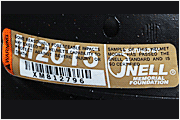
|
SNELL SNELL standards was stated by the Snell Memorial Foundation. The contents of SNELL standards are reviewed once every five years. SNELL especially focuses on the resistant level against impact. In that regard, you can be sure of the strength of the helmet that conforms to this SNELL standards. The fact that they upgrade its contents to keep pace with advances of bikes every five years, and their strict inspection method against strength characteristics, make this standard a very reliable one in terms of helmet safety. |
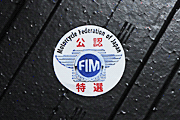
|
MFJ Unlike the aforementioned standards, this “MFJ certification” is not an official safety standard. The MFJ certification becomes important when participating in MFJ official races. MFJ certified helmets are classified by colors like white, silver or gold, and the race you can take part in is determined by this color. If you are planning to enter yourself in one of the MFJ official races, you need to check whether your helmet has a MFJ certification sticker, and that the type of that sticker is the one for that race regulation. |
Shop Helmets at Webike Japan:
https://japan.webike.net/bm/top/Helmets/3001/








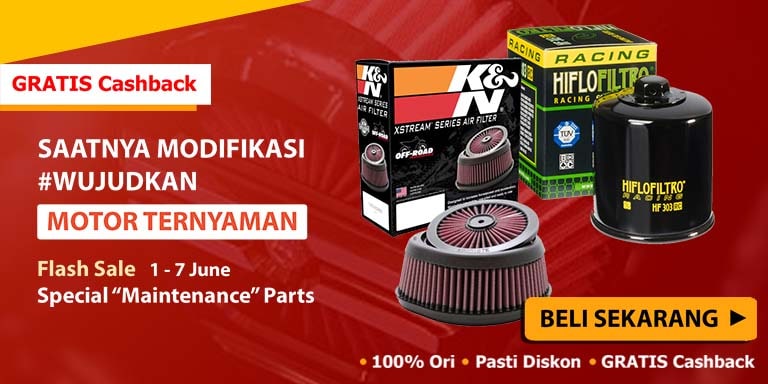

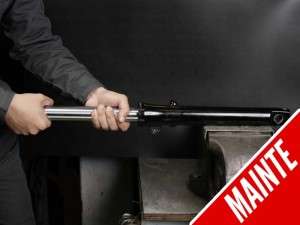
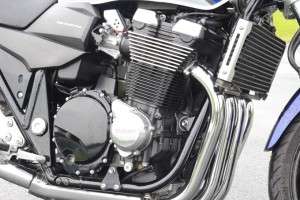
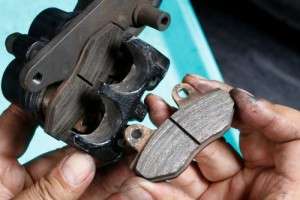

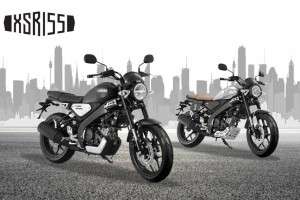
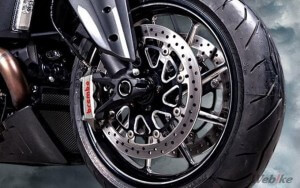
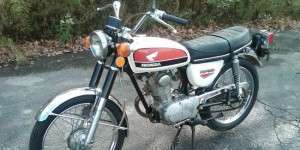









 Brake Disc](http://global-fs.webike-cdn.net/catalogue/images/84812/DIA320_BRAKE_DISC_KIT_KAWASAKI_01_s.jpg)
